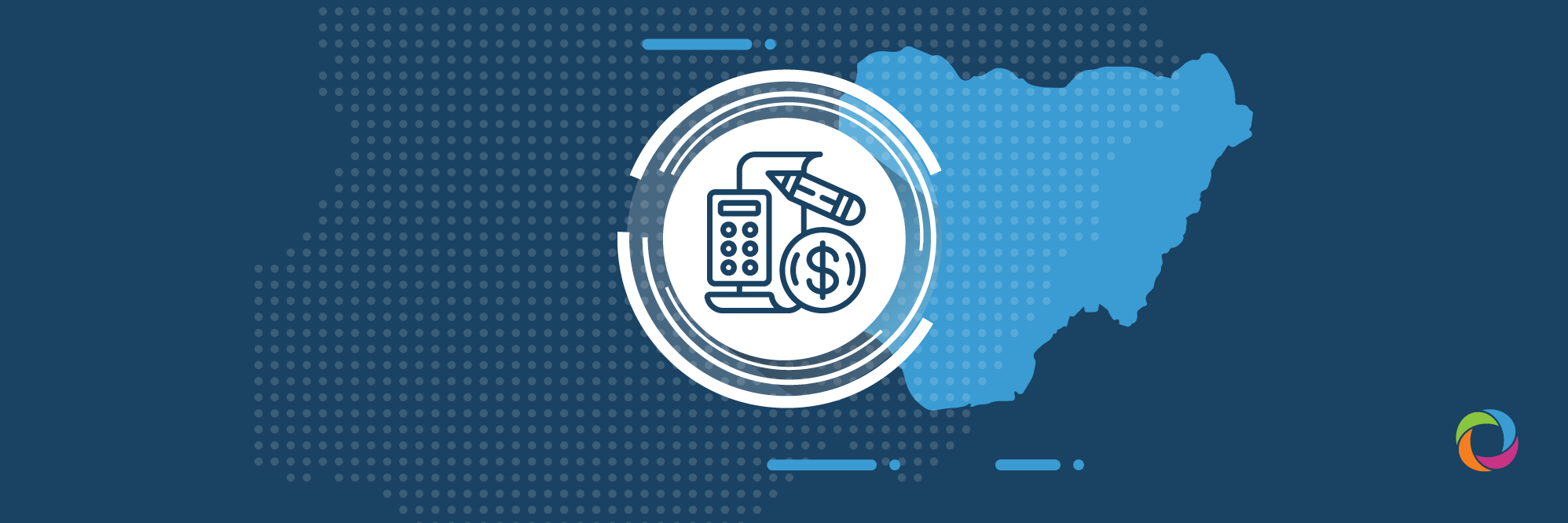Nigeria is one of the 23 member states that signed the agreement to establish the African Development Bank (AfDB) back in 1964. Right from its incorporation, AfDB began investing in development and, since then, the institution has funded thousands of projects across Africa. In 2019, AfDB provided over USD5 billion in financing to 61 projects in Nigeria. The country is also the exclusive beneficiary of resources from both the AfDB and the African Development Fund (ADF) which, in turn, opens up a myriad of funding opportunities.
This DevelopmentAid analysis aims to highlight the trends and directions in terms of AfDB’s activity in Nigeria during 2020. It will do so by analyzing a sample of 73 projects published on DevelopmentAid between January and December of last year with a focus on the sectoral distribution, cross-sectoral interconnection, type, and category of those projects. Furthermore, a sample of 16 projects awarded within the same period will be examined to identify their mean value.
Sectoral distribution and cross-sectoral interconnection for projects open for organizations
Out of 73 projects uploaded to www.developmentaid.org, 52 were open to organizations. The sectoral distribution of those projects was relatively broad spreading across 25 sectors whose scope covered economic, financial, social, public, and infrastructural sectors.
The majority of the projects analyzed (19) were in the ‘civil engineering’ sector, followed by 10 projects in each of the ‘roads & bridges’ and ‘water and sanitation’ sectors and 9 projects in ‘electrical engineering’. In contrast, the lowest number of projects was observed in the ‘micro-finance’ (1), ‘public finance’ (1), and ‘banking’ (1) sectors. It is worth mentioning that the majority of the projects analyzed targeted more than one sector and thus highlights the concept of cross-sectoral interconnection. There were 14 such interconnections found with ‘civil engineering + roads & bridges’ (11) and ‘civil engineering + water & sanitation’ (10) combinations being the more predominant.
The data shows that AfDB is consistent in favoring the infrastructure element for development including power supply, water and sanitation, and transport. This strategic approach has been stated on several occasions in AfDB’s Strategic Plans.
Take as an example the paragraph from the executive summary in the Strategic Plan2003-2007: “Selective support will be given to the development of essential infrastructure, where this is a vital component of rural development or a priority factor of economic integration.”
Sectoral distribution and cross-sectoral interconnection for projects open to individuals
About one-third (21) of the projects included in the sample considered for analysis were projects open to individuals. These were distributed across 20 sectors with the most predominant being ‘agriculture’ (5), the ‘SME & private sector’ (4) as well as ‘energy’ and ‘monitoring & evaluation’ with 3 projects each. By contrast, the ‘audit’, ‘research’, and ‘administration’ sectors showed a lower number (1) of associated projects.
The incidence of cross-sectoral interconnection is lower compared to the projects open to organizations and no specific trends can be observed aside from the ‘agriculture + SME & private sector’ combination that occurred on 2 occasions. Taking into consideration the difference in terms of sectoral distribution and cross-sectorial interconnection, it can be deduced that AfDB offers larger infrastructural projects to organizations whereas it more frequently involves individual experts in projects related to social and economic elements. This can be explained by the fact that AfDB may be aiming to implement specific procedures and standards via individual expertise within the scope of incremental sector development.
Project categories
Project categories are considered to be intellectual in nature and relate to offering specific technical expertise. This type of service includes, but is not limited to, feasibility studies, project management, and engineering services. Next, with 17 projects, comes the ‘works’ category which covers almost all types of civil works such as construction, renovations, and repairs. Lastly, there were eight projects published under the ‘goods’ category which refers to the delivery and installation of physical products that are either purchased or manufactured on request. There were no projects under the ‘non-consulting category’. Moving to individual projects, it can be observed that all 21 projects were entirely attributed to ‘consulting services’.
Value of the awarded projects
Of the 16 awarded projects taken into consideration for mean value analysis, three had a budget of less than US$1 million. The highest number of awarded projects had a budget within the US$1-10 million range while the other three projects awarded had a budget higher than US$10 million. Out of the sample studied, the minimum value observed was USD466,905, the highest value reached was USD73,362,941 and the mean value of the 16 awards was USD9,126,890. The majority of the projects awarded in 2020 related to projects in infrastructure.
The data used for this analysis is available to DevelopmentAid members only. Register with the platform today and gain access to exclusive insider intelligence data about thousands of projects and donor portfolios.

